Nina Bahinskaya: I Won’t Say I Enjoy Forcing My Way. It’s My Duty
- 8.10.2019, 15:09
- 6,030
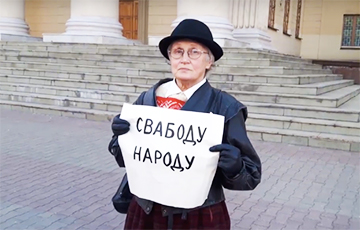
The 72-year-old activist told how she woke up famous thanks to the white-red-white flag.
Nina Bahinskaya first participated in a protest action back in 1988. Since 2017, the state has deducted 50% from her pension to repay more than $ 16.6 thousand of fines.
The Ukrainian publication NV tells about the life of an activist who has remained adamant in her beliefs for over 30 years.
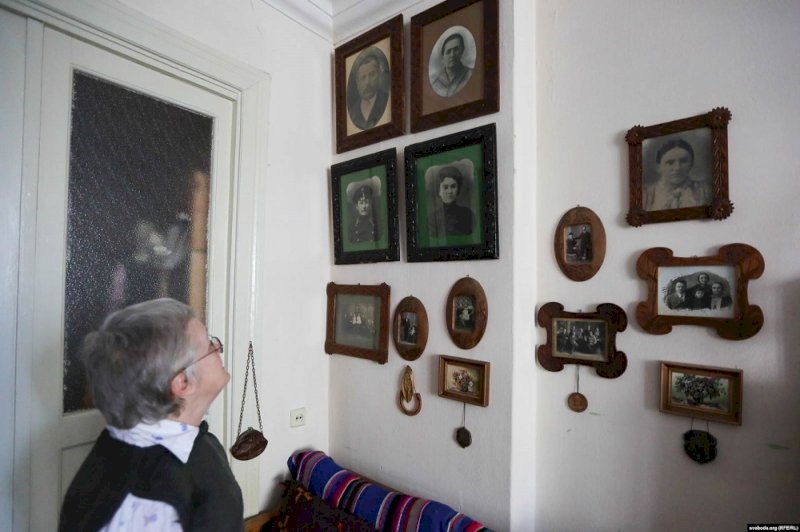
Childhood amidst repressions
Nina Bahinskaya was born and raised in Minsk after the Second World War, NV writes.
Her father was an engineer, and her mother was a teacher before the war, and after the war she did not dare to return to teaching. She lived and worked in the occupied Slutsk, and was afraid that if she tried to get a job at school, she would be accused of collaborating with the Germans. The family managed to avoid repression, but they were discussed at Nina Bahinskaya’s home.
“We understood this and did not accept. I felt sorry for these people, sympathized with them and believed that power should be fair, ”she said.
The family lived in Yakub Kolas Street in two-story barracks built by captured Germans. Sheds were attached to these barracks, in which pigs were kept, and potatoes and flowers were planted nearby. Nina Bahinskaya’s mother also kept pigs, because her father’s salary was not enough to feed a large family: three daughters, a wife and a mother-in-law.
In the sixth grade, Bahinskaya was fond of cycling and dreamed of a sports career. After school, she received a secondary special education in the profession of “installer of radio equipment”.
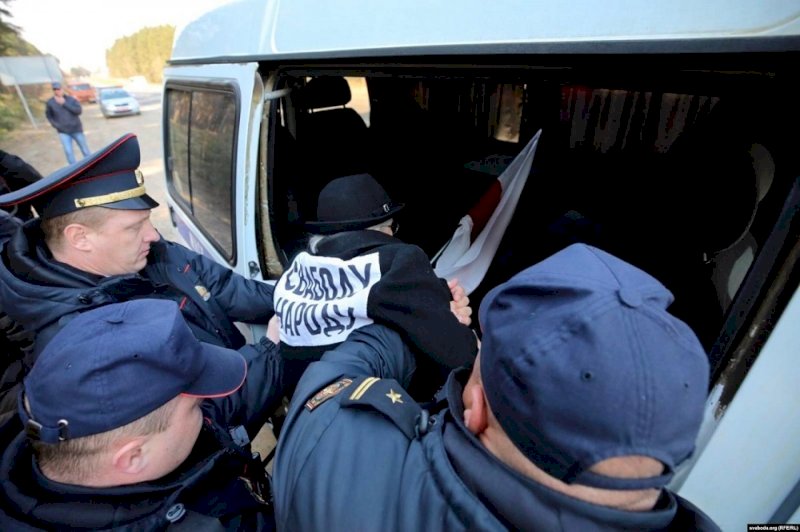
Bahinskaya says she “did not respect” the Komsomol and ran away from the meetings. “Pioneers come from cholera, Komsomol comes from the plague,” she recalls the ditties that her grandmother used to sing, “I didn’t consider them as role models, whose associations we need to participate in.”
The first protest in which Nina Bahinskaya participated
For the first time, Nina Bahinskaya became a participant in a protest more than 30 years ago - in 1988.
On October 30, 1988, the day of commemoration of ancestors ‘Dziady’, Belarusian activists planned to hold a rally-requiem in memory of the victims of Stalinist repressions in the Kurapaty stove near Minsk. This natural boundary is the site of mass executions by the Belarusian NKVD in 1937-1940. According to various sources, from 30 to more than 250 thousand people were killed there.
The authorities did not give permission for the commemorative action, and the assembled people were brutally dispersed: water cannons moved along the streets, the police used batons and tear gas.
“I was horrified by this Soviet lie: “everything is for the people”- but when the people wanted to mark their national holiday Dziady, they threw these troops and began to disperse us,” Bahinskaya recalls.
The banned flag, and fame
Bahinskaya regularly comes out to protest with a white-red-white flag. This flag is the historical national symbol of Belarus, the official flag of the Belarusian People’s Republic (1918−1919), and the state flag of the Republic of Belarus in the first five years of its independence.
After the “referendum” in 1995 initiated by Lukashenka, the use of this flag in the country was actually banned.
The official flag became the one similar to the flag of the Byelorussian SSR, only without a sickle and a hammer, and the white-red-white flag turned into a symbol of protest.
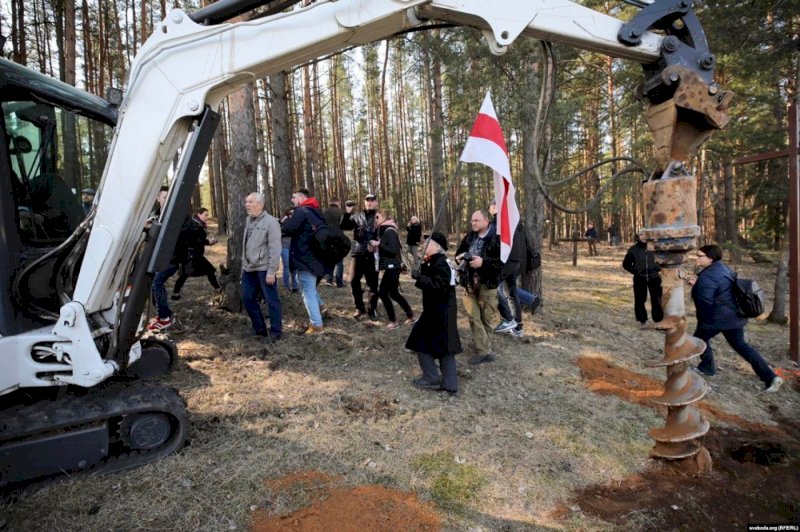
On March 25, 2006, the Independence Day of Belarus, which is not considered a national holiday and is called Freedom Day, a photo of Bahinskaya with a white-red-white flag was taken opposite the police station. The photograph was authored by photographer Yauhen Atsetski, after which Bahinskaya “woke up famous”, at least among activists.
Later, she sewed a nine-meter flag for activists - and since then it has been hoisted every year on the Freedom Day.
“Until 2014, they gave the flags back, then they began to take them away and demolish. And since 2016, the treasury has been emptied - they stopped taking flags, but began to give fines for them instead,” Bahinskaya said.
Bahinskaya’s record by fines, and principled position
Nina Bahinskaya was detained many times by the Belarusian police.
In 2014, Bahinskaya was detained for burning the Soviet flag near the KGB building - this was an action against the Russian actions in Ukraine. In 2015 - for an action in memory of Mikhail Zhizneuski, a Belarusian from the Heavenly Hundred who died during the Euromaidan in Ukraine. In 2017, she was detained several times during solitary pickets in support of 35 people detained in a criminal case, which was called the “case of patriots”. In January 2019, Nina Bahinskaya was detained for hanging a poster with the inscription “Freedom to Political Prisoners” on a sculpture of a tsar policeman in Minsk.
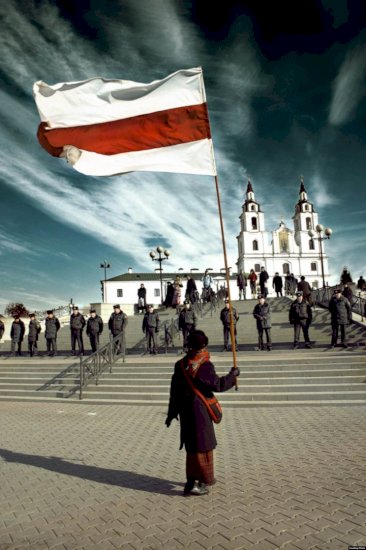
In addition, Bahinskaya is the record holder with regard to fines. According to her, she stopped counting them when the total amount had reached $ 16.6 thousand.
Since 2016, 20% have been deducted from Bahinskaya's pension to pay the fines, and since 2017, it has been already 50%.
In 2016, bailiffs confiscated a microwave oven and a washing machine from the pensioner. Five days later, activists raised money to buy her new home appliances. Now the state has arrested and put up for sale her two dachas.
Bahinskaya forbids activists to collect money to pay her fines. “Why replenish the treasury and [pay] for the existence of this police, courts and prosecutors?” she says.
According to other activists, she carries out her actions independently.
“Nina plans and carries out her actions completely independently. She could inform one of us that the action will take place, or just go alone. Sometimes we find out that she protested after she is released from the police station,” said Hanna Shaputska, coordinator of the initiative to save the Kurapaty memorial.
Bahinskaya explains her activism with the sense of duty before the offspring
“I won’t say that forcing my way is a big pleasure for me. It's my duty. I’m not an animal, just to eat and not think about descendants,” she said.
Bahinskaya has an adult son and daughter, grandchildren and even a great-grandson. Her children do not participate in the protests, but also do not object to the activism of their mother.








